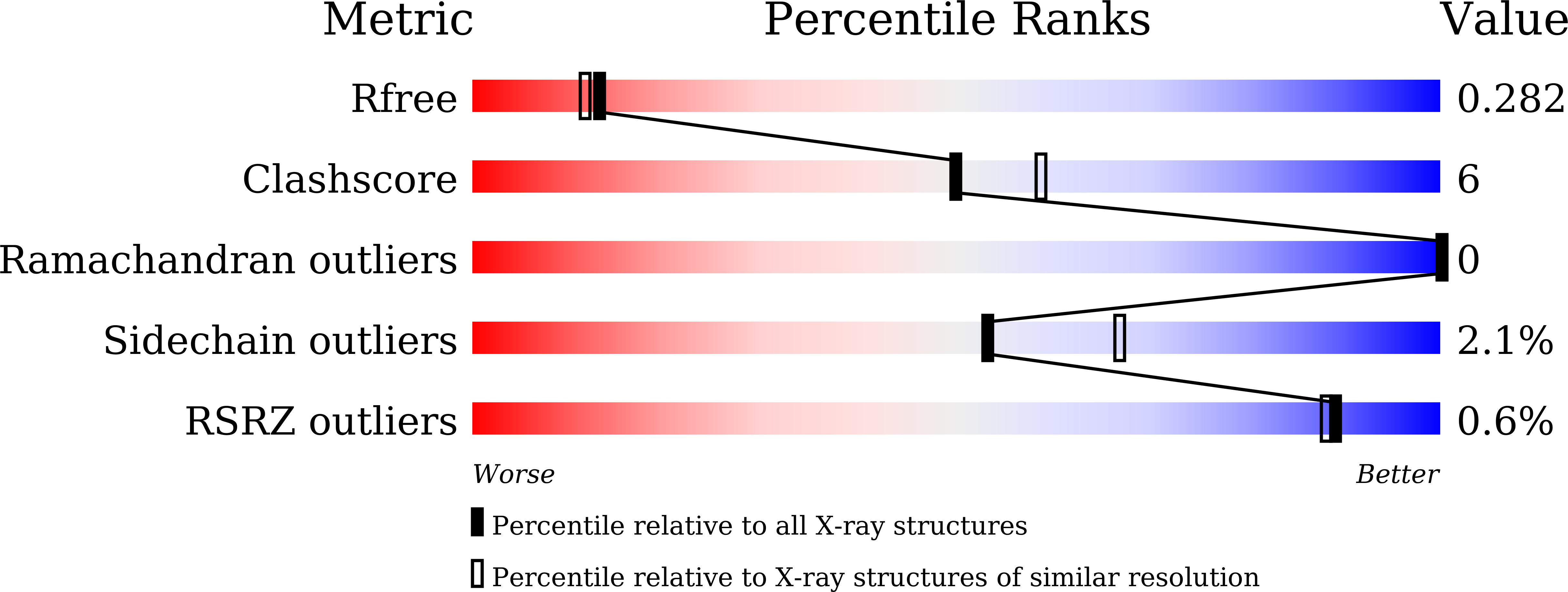
Deposition Date
2021-05-10
Release Date
2021-11-03
Last Version Date
2023-11-29
Entry Detail
Biological Source:
Source Organism:
Host Organism:
Method Details:
Experimental Method:
Resolution:
2.20 Å
R-Value Free:
0.28
R-Value Work:
0.24
Space Group:
P 21 21 21


